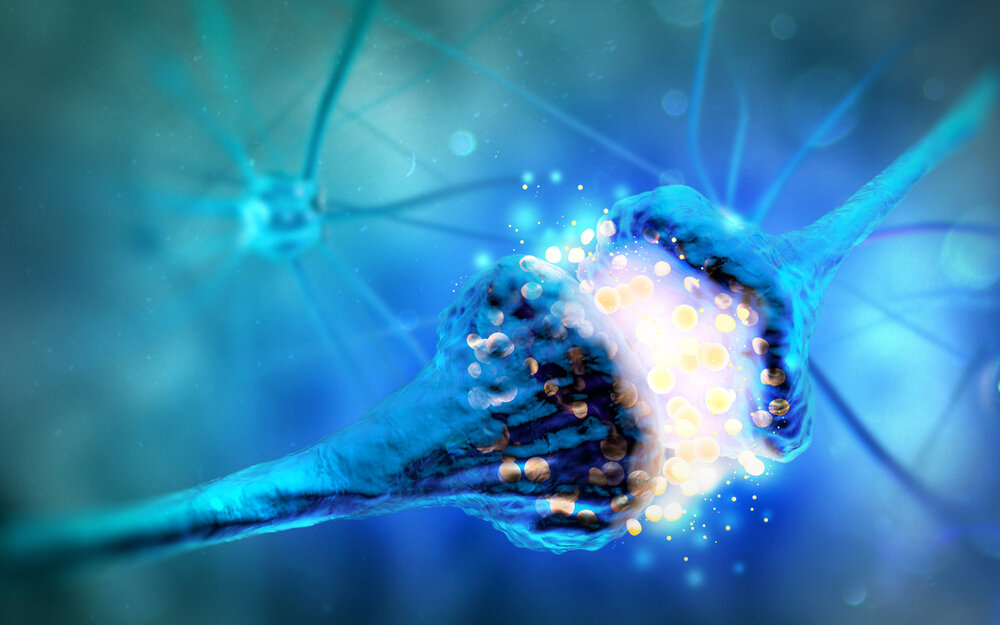Neurogenesis
So what about new brain cells? Do we really have all we are going to get by the time we're an adult? And if they aren’t static, how does memory stay in place? How do we remember how to ride a bicycle if new cells are “tagged in” like wrestlers in a wrestling match?
Scientists knew neurons didn't divide, so they concluded new brain cell development was impossible.
And there were other reasons.
Considering the complexity of the brain, they couldn't imagine how new brain cells would assimilate. Expecting them to contribute “made as much sense as expecting a box of wires to improve an already running supercomputer.”[i]
Animal studies were the first indications. In 1997 Fred Gage, Adler Professor in the Laboratory of Genetics at the Salk institute, conducted an experiment with lab mice using an enriched environment with steps, tunnels, wheels, toys, and lots of other mice. Other mice were placed in standard cages.
Compared to the standard cages, the enriched environment triggered the development of new neurons to the tune of 15 percent (from 270,000 neurons in the hippocampus to 317,000). It didn’t matter how old the mice were. Senior citizen mice experienced even bigger boosts than the younger ones. The enriched environment, or something in it, was triggering the development of new brain cells, a process called “neurogenesis.”[ii]
[i] Ibid., 54.
[ii] Ibid., 58.
